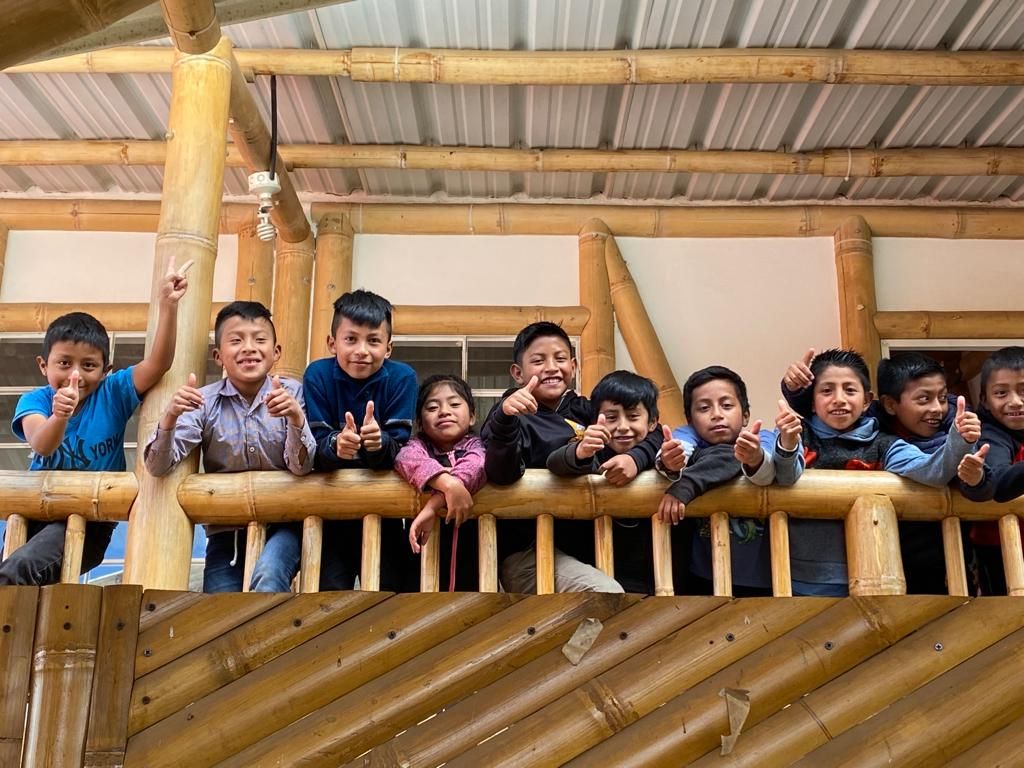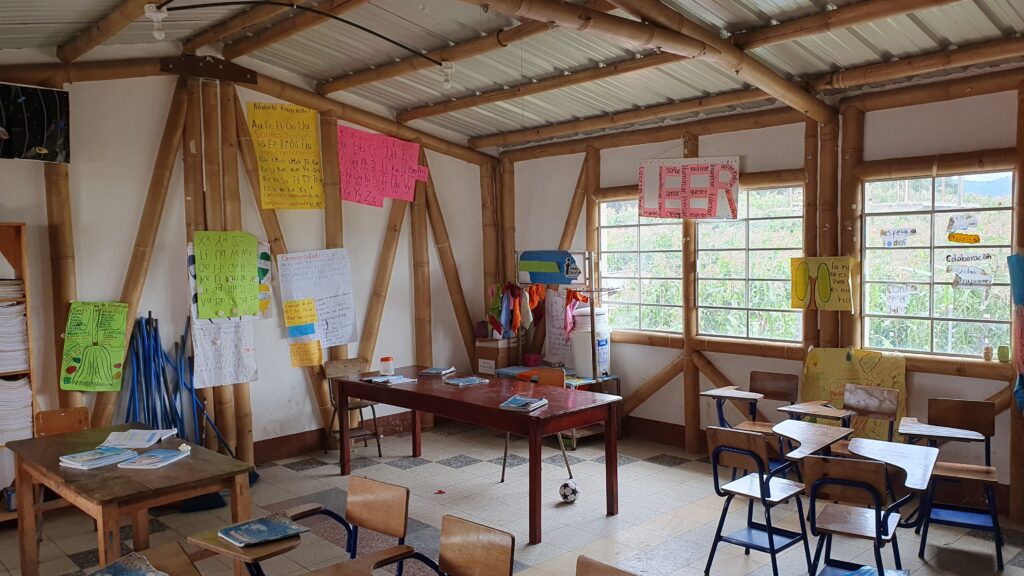Esperanza from Bestwig has been active in Guatemala for more than 30 years – Esperanza builds schools using bamboo and clay construction with donations from Sauerland. In the 30 years, over 60 schools have been built, more than 1.28 million euros in donations have been collected and dozens of young people have been sent to Guatemala as volunteers to gain local experience and engage in cultural exchanges with the people.
To mark the anniversary, long-time partner and Guatemalan architect Luis Palacios came to visit. He reports on the current political situation in Guatemala. A new president was elected in September this year, giving hope for the democratization of the country. Large parts of the population now fear that the current government will not recognize the election and will seek ways to reverse the current developments. That’s why they organize protests in the form of road blockades. Students and workers from rural areas in particular are leading these protests, and the indigenous population also supports the protests.
However, many challenges remain that the country of Guatemala faces in times of climate crisis, wars and migration. For several years now, schools have been built with bamboo and clay to reduce the need for steel and cement. These materials are more sustainable in production and less susceptible to price developments.

Beginnings over 30 years ago
Peter Liese, CDU MEP and founding member of Esperanza e. V. reports on the beginnings of the club. He visited Guatemala for the first time as a doctor with a group of young people in 1990 and supported Junge Union projects. In 1992 the Esperanza e.V. association was founded. V. and in 1993 the association’s first school was built. A problem at the time was that teachers from the capital, Guatemala City, did not know the indigenous language of Kaqchikel, which is spoken in the highlands of Guatemala, and therefore taught exclusively in Spanish. Now the first teachers who attended the association’s schools are teaching on site and both languages are being taught. Particular emphasis is placed on the education of girls and women, as this is the key to birth control and reducing the population explosion in developing countries. Thirty years ago it was normal for a family to have 12 children. Today most families still have 3-4 children.


Effects of 30 years of club work
Erik Büdenbender, who is writing his bachelor’s thesis about Esperanza’s work, presented the results of interviews he conducted in Guatemalan villages. These showed that the educational situation has improved, but challenges still remain, especially for students who attend secondary schools after primary school, as these are difficult to afford for many. Many respondents now primarily want support through scholarships, lunch breaks and better health care.
In addition to potential donors, the association would like to reach young people who would like to have the experience of being directly involved in the construction of a school and of living in the local Guatemalan village community.
For more information:
Bildmaterial: Copyright Esperanza
2023-10-28 16:46:59
#Bestwiger #Association #Education #sustainability #hope #Guatemala #WOLL #Magazine #Sauerland

